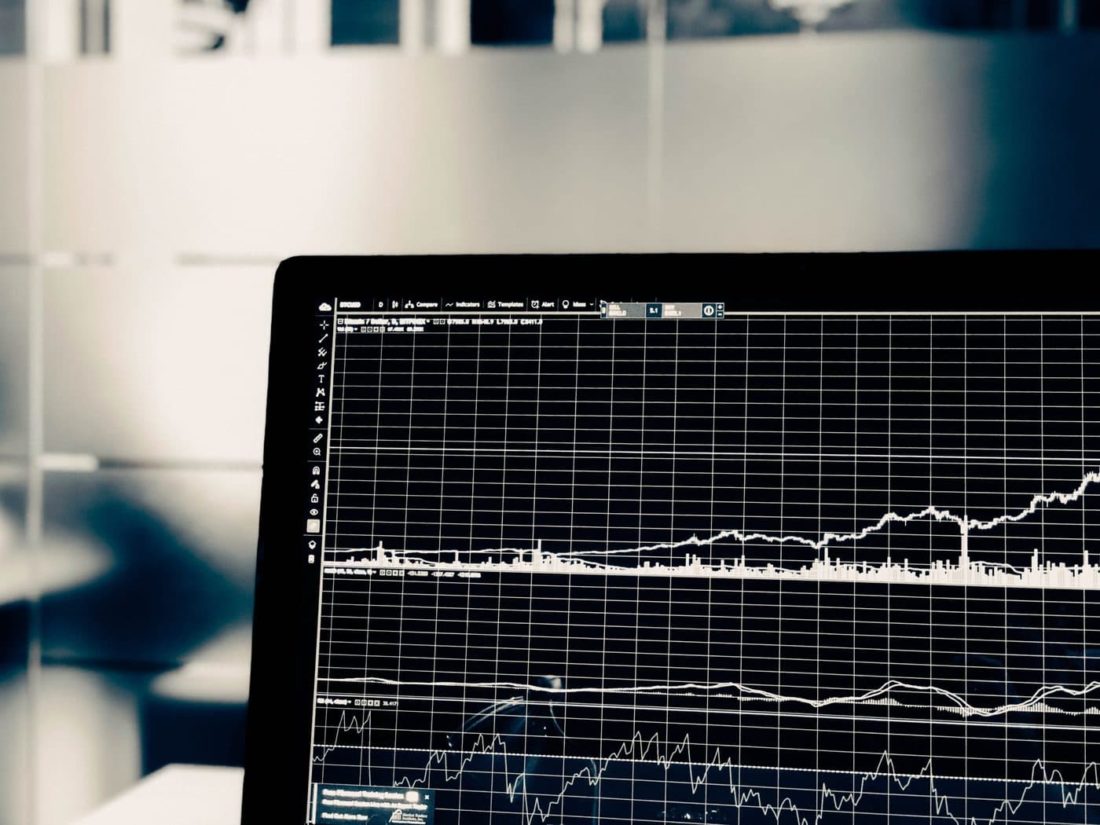
Biometric research is commonly used in UX research when we want to understand where people are looking on a web page or cell phone screen, measure physiological responses to stimuli, designs, and experiences, and to understand how people’s stress levels change over time – such as during travel (if we’re studying ways to help improve how airlines service customers, for example).
Studying how people physically respond to design and experiences gives us a fuller picture than what people tell us if we’re simply observing them or interviewing them. Not surprisingly, oftentimes we see that what people say is different from how their body is responding, and by seeing these physiological readouts, we’re able to probe deeper in our questioning to understand if there are stressors or reactions that they want to mention. Biometrics, in short, is a fantastic way to get a fuller picture of consumer insights.
However, when we’ve done biometric research projects in the past, we’ve done most of these projects in person, with people hooked up to galvanic skin response sensors, and with them looking at a screen that follows their eye movements and facial expressions. We can track heartrates remotely by giving people heart rate sensors, but those are only for studies that measure stress; not studies that require eye-tracking or facial expression analysis.
As we all are well-aware, current COVID-19 restrictions have made it rather difficult (and unsafe) to do in-person research sessions.
The good news is this doesn’t mean we’re unable to still do biometric research. We now have partners that are helping us measure UX design remotely. We’ll explain how.
Remote eye-tracking research using software
Recently, we received a request from a very prominent internet networking provider about the feasibility of doing online research, using eye tracking. The company wants to improve their website experience and understand how customers search for products on their site. Crucial to their research is seeing where people’s eyes go on the screen and how they navigate the site, so just screensharing and interviewing people alone won’t be sufficient – they really need eye-tracking data as well.
We found a vendor, Okazo Lab, who has a well-designed software program that let’s us do eye-tracking and website heat mapping, remotely. Participants in our study simply download the software extension (we onboard them), and then we’re able to interview them, remotely, observe their movements, ask questions, and conduct UX research, as we’re simultaneously tracking their eye movements. It’s a fantastic way for us to get this crucial data, remotely, helping us improve user design and user experience studies.
Tracking heart rate to understand stress levels
An additional way we can gather biometric data is through heartrate data. Through inexpensive tools, such as Fitbits or Apple watches, we can have people wear the device as they’re going through an experience, such as traveling, or dealing with stressors while out shopping (very common during COVID, currently), and then, once finished, they upload their data for us. Our quantitative analyst then downloads and analyzes the data, pinpointing spikes in heartrate over time. (We gather baseline data first, before the event, so we understand normal ranges). This heartrate data, coupled with mobile ethnography feedback and post-experience interviews, helps us understand triggering stressors and how people are responding to events. It’s a fantastic data point that gives us deeper insights into what types of interventions companies can make to help de-stress people, such as while they’re shopping or traveling.
To sum up, though COVID-19 restrictions have been restrictive for research, we’re still able to conduct UX research and couple our studies with biometric data, quite successfully. If your team is looking for biometric insights, we can design a study that will pair physiological data with qualitative interviewing, giving you a complete picture so you can maximize your UX research.
